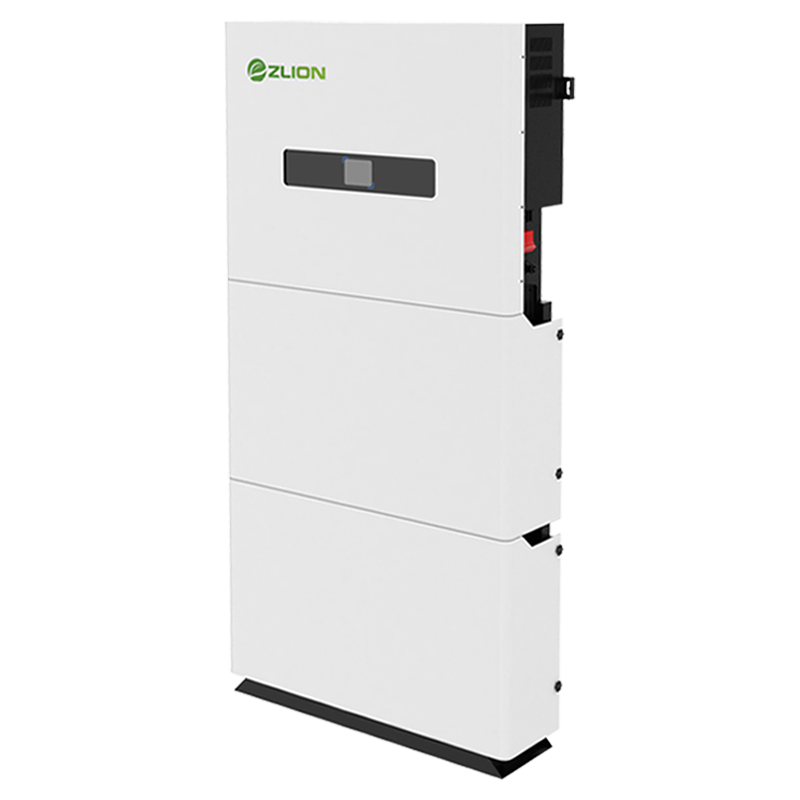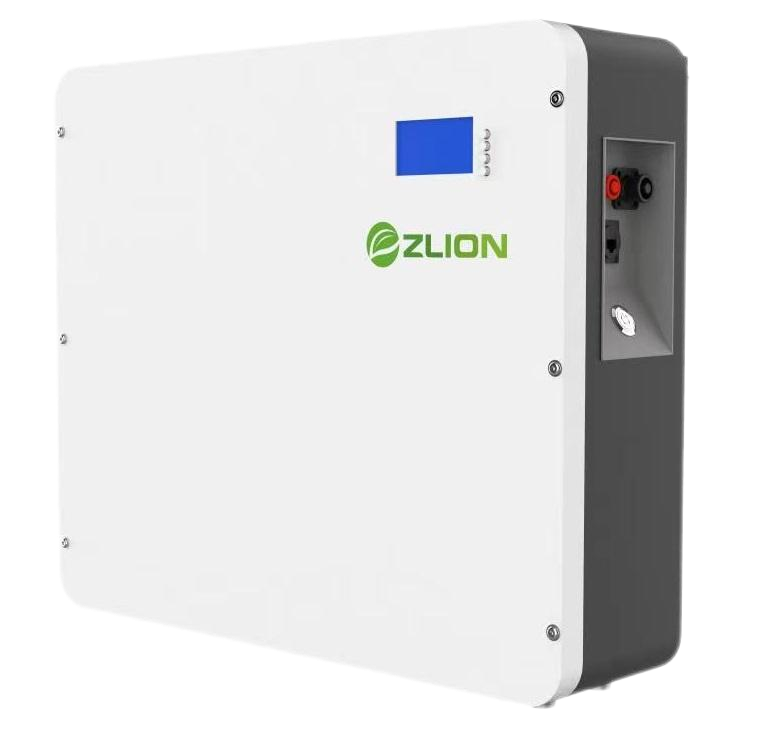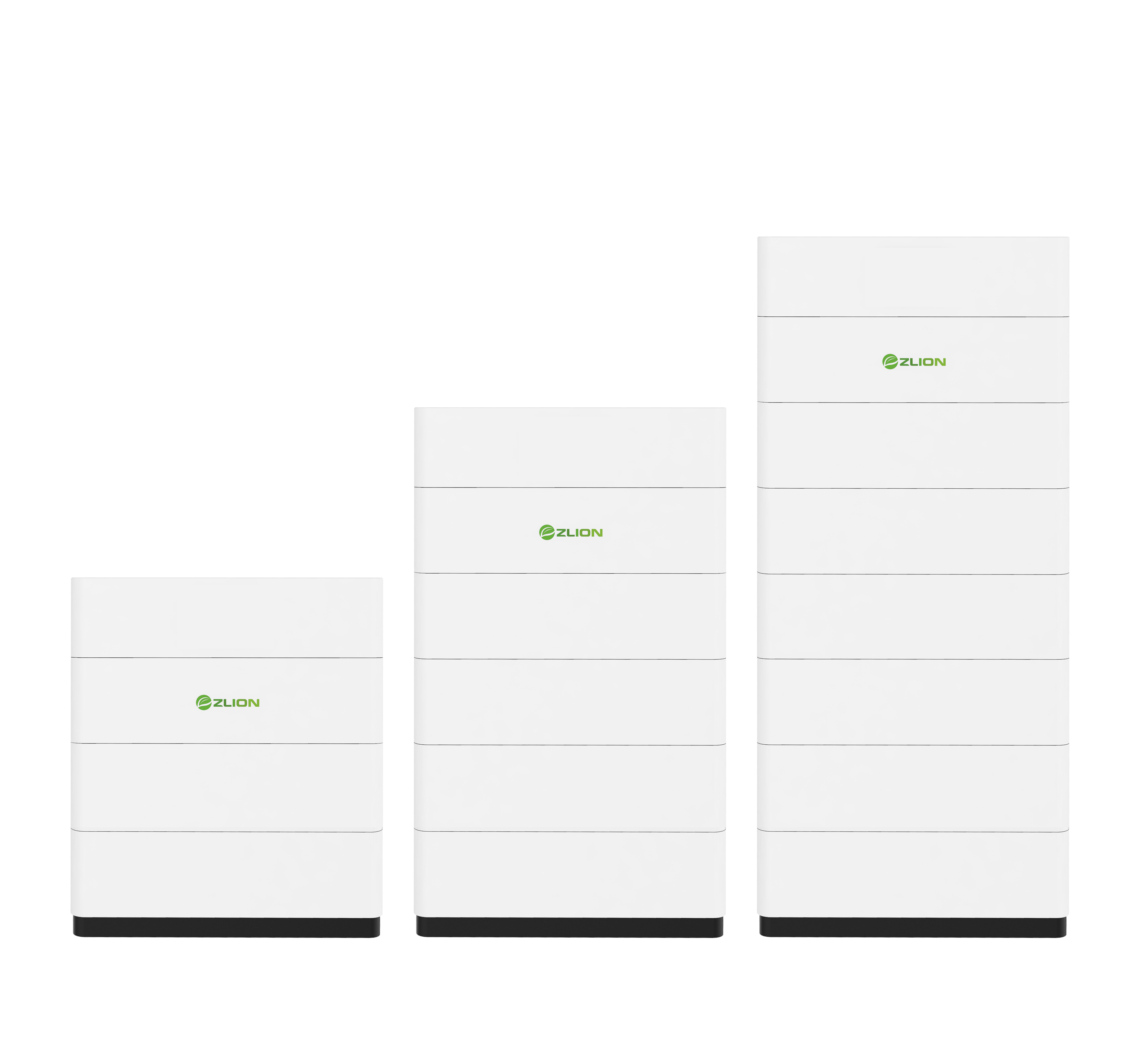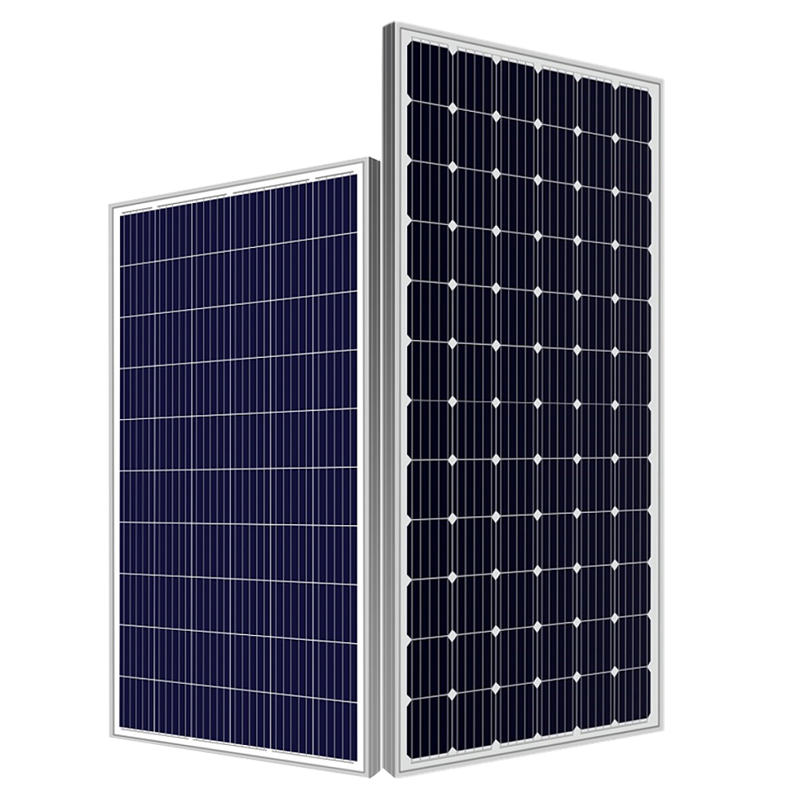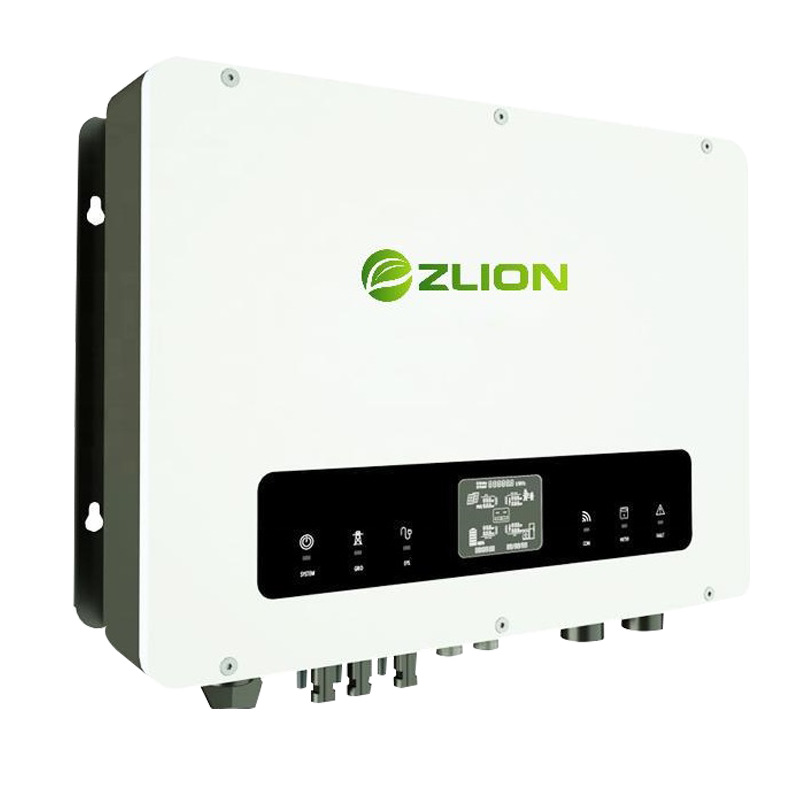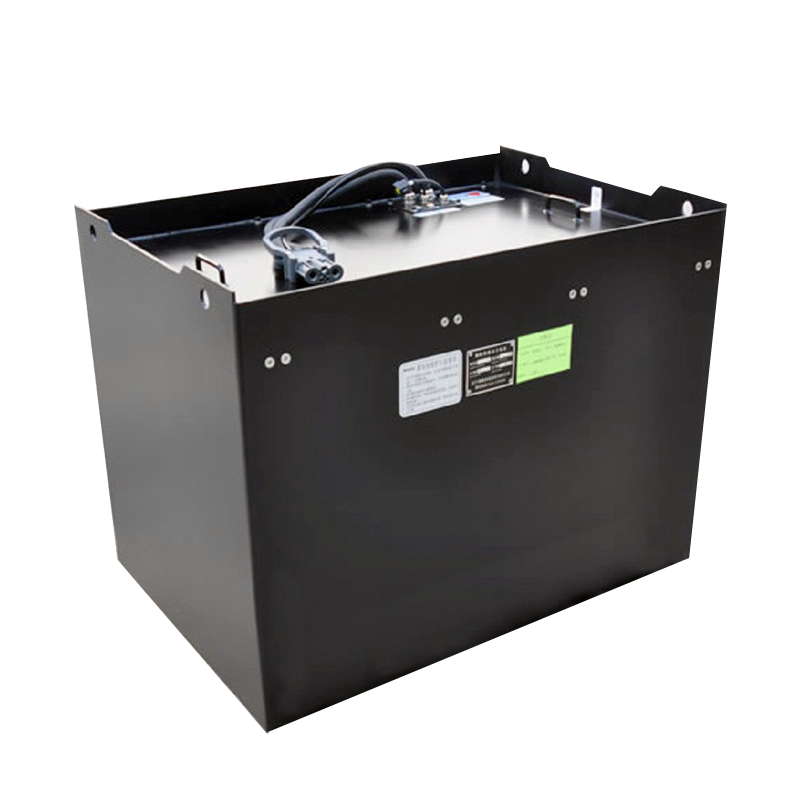1. Basic working principle
Solar panels convert sunlight into direct current (DC) electricity through the photoelectric effect. However, most household appliances, industrial equipment, and power grids use alternating current (AC). Therefore, an inverter is needed to convert direct current to alternating current.
2. Workflow
2.1 Receive direct current
• The direct current generated by the solar panel is transmitted to the input of the inverter via a cable.
2.2 Maximum Power Point Tracking (MPPT)
The inverter's built-in Maximum power Point Tracking (MPPT) algorithm monitors the output voltage and current of the solar panel in real time to ensure that the inverter is always operating at the optimal operating point to maximize power generation efficiency. MPPT technology can automatically adjust under different lighting conditions and temperatures, ensuring that the system is always at its highest efficiency.
2.3 Converting direct current to alternating current
• Power electronics inside the inverter (such as IGBTs, etc.) operate via high-frequency switches to convert direct current into alternating current. In this process, the inverter generates a sinusoidal waveform of alternating current, making it suitable for use in household appliances and grid-connected generation.
2.4 Filtering and voltage regulation
• The converted AC usually contains high-frequency harmonics and other noise, and the inverter will eliminate these interference through the filter circuit to ensure that the output AC is pure and stable.
• The voltage regulator also ensures that the output voltage is kept within the standard range (e.g. 220V or 110V) to suit different grid requirements.
2.5 Connected to the network or local use
• If it is a grid-connected inverter, it will convert the AC power directly into the grid for use by other users or to receive feed-in tariff subsidies.
• If it is an off-grid inverter, it will supply AC power to the local load (such as household appliances), and the excess power can be stored by an energy storage system (such as a battery) for use at night or on cloudy days.

